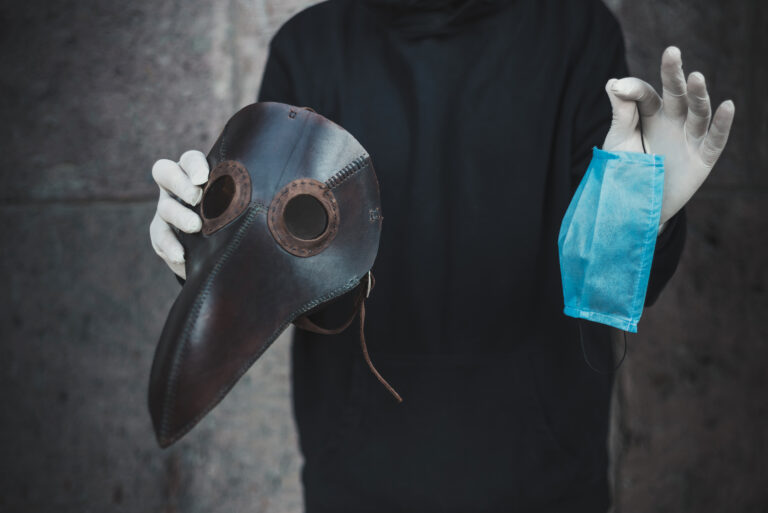
In some regions of the world, people wear medical masks any time they feel ill in order to protect others around them. In other instances, masks are worn to protect the health of people living in highly polluted areas. For all of us since March, 2020, masks have become an integral part of our daily wardrobe.
The idea of wearing a mask is considered by most people to be a reasonable method of stopping the spread of contagion, but this was not always the case in medical history.
When did we realize that medical masks, are, indeed, useful in combatting the spread of illnesses and contagions?
The Greek Miasma
Before we knew about viruses and bacteria, physicians thought that some diseases were spread through the air as well as by touch. The belief was that you could actually smell the spread of a disease. Miasma was a word used by the Greeks to describe vaporous bad smells believed to cause disease. For centuries, people believed that avoiding bad smells would safeguard health, which is one of the reasons people throughout history have carried around little vials of perfumes or sweet-smelling blossoms, often around the neck.
Early Roman Knowledge and the Later Brilliance of Leonardo Da Vinci
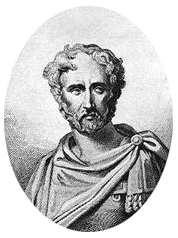
Centuries before the first masks were mass-produced, the Roman philosopher, Pliny the Elder (23-79 A.D.), used animal leather masks to prevent toxic minerals from entering his lungs. He crushed mercuric sulphide to be used as pigmentation in decorations, and he–rightly!–believed that breathing in the dust could ruin his lungs.
Leonardo da Vinci (1452-1519) used a cloth soaked in water as a mask to protect himself from the toxic chemicals found in paint and plaster. He, too, knew that protecting his lungs was extremely important. This is still a best practice to be used in case of a fire to prevent deadly smoke inhalation.

Marco Polo Finds Masks in China
There is evidence that suggests that the Chinese wore masks as early as the 13th century. Marco Polo, writing about his voyage to China, described how servants serving food to the emperor wore silk scarves over their mouths and noses in order to not contaminate the food.
Masks During the Bubonic Plague
In the 1600s, Europe was decimated by the bubonic plague. Tens of millions of people died–almost a third of the European population–in what felt like an unstoppable epidemic. Plague doctors, in their attempts to prevent themselves from becoming ill as they tended to the sick, adopted a distinct uniform that soon became inextricably connected to death and disease.
The plague doctors’ uniforms might have been unique, but they were not very effective at preventing the spread of plague. The uniform consisted of a leather overcoat, leather gloves, boots, a wide-brimmed hat, and a stick used to poke, examine, and fend off the sick. The most daunting part of the uniform was the beaked leather mask with thick, round glass eyeholes and two small holes for breathing.
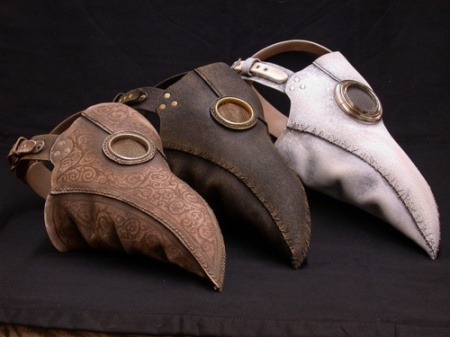
The Plague Doctors’ Bird Beak Mask
The beak mask was first developed by French doctor Charles de Lorme in an attempt to limit the spread of the plague. The mask was not that effective as it was designed on the old Greek theory that miasma–vaporous bad smells–were the reason illnesses spread. The beak masks were designed to overwhelm the bad smells, and, thus, protect the wearer from contagion. To that end, the beak of the mask was filled with aromatic herbs, oils, and perfumes to limit the power of miasma. Sadly, it was a valiant but ineffective effort.
A Step Back in Mask Acceptance
In the 1700s, the concept of protecting the lungs against the inhalation of dangerous gases and particles reemerged. In Prussia, a respirator mask was designed to safeguard the health of miners. Masks were still not used by physicians, however, and even the miners and factory workers soon abandoned the masks as too cumbersome. British physician Benjamin Ward Richardson, upon visiting a factory during the time of the Industrial Revolution, and noting that no one was wearing the masks they had been given for their safety, stated that, “Science is conquered by free will.” He further stated that until people understood the benefits of wearing masks to prevent long-term damage to their lungs, science would have to wait.
The First Surgical Masks
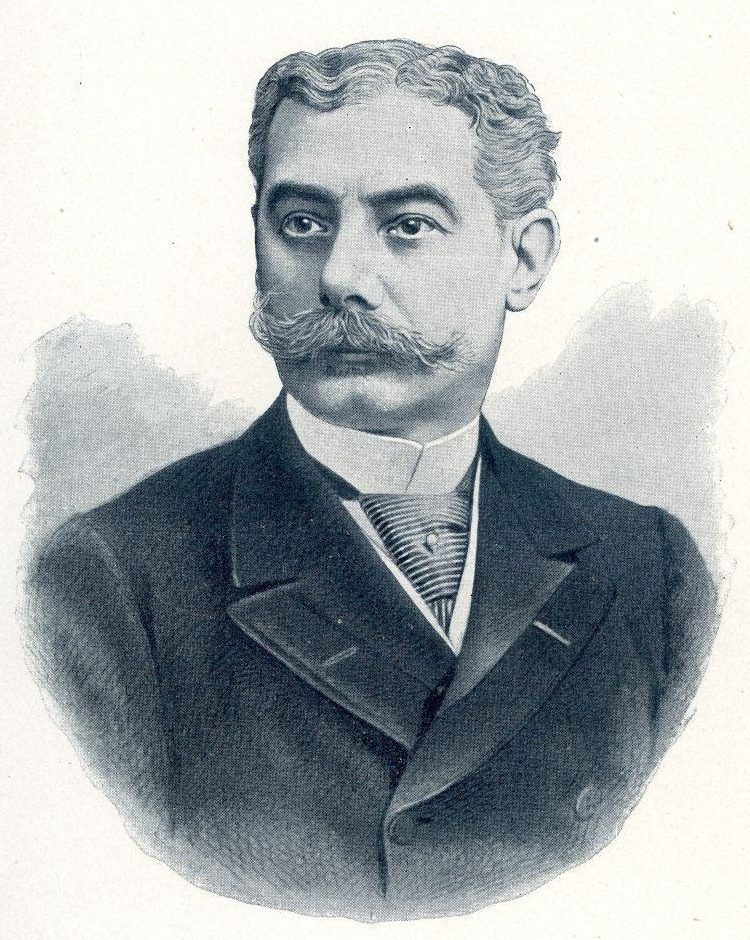
In 1897, Paul Berger is credited with being the first surgeon to wear a mask during a surgery. Studies done by a German bacteriologist showed that dangerous bacteria were present in human saliva, and Dr. Berger deducted that spitting–accidentally, of course–in a patient’s open incision was probably not a good idea. The practice of wearing masks during surgery or examinations was not widely adopted at the time, however. It took until the 20th century to see the wide adoption of masks worn during surgery.
In the early 20th century, Wu Lien Teh, a Cambridge-educated physician, required all doctors and nurses to wear a mask during the Manchurian Plague. He was ridiculed by many, including a visiting French doctor, who denigrated his methods. The visiting critic died a few days later of the plague.
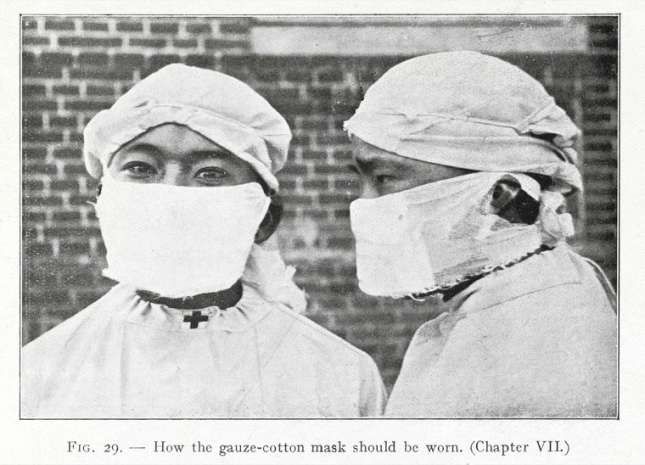
Spanish Flu and the Evolution of Masks
Because of the success of masks during the Manchurian Plague, masks became mandatory during the Spanish Flu epidemic. Throughout the rest of the 20th century, scientists continued to experiment with different mask materials and designs. The N95 mask (allegedly protecting the wearer from most types of large and small particles) was invented in 1972 but did not become a standard until 1995.